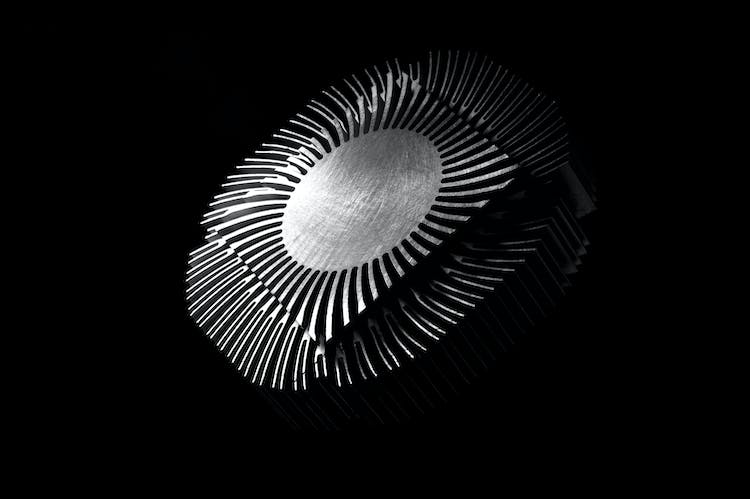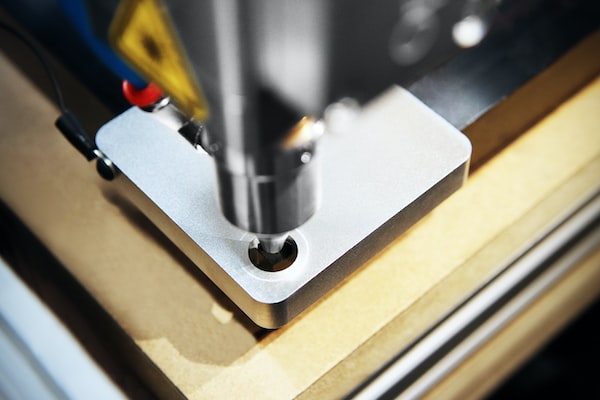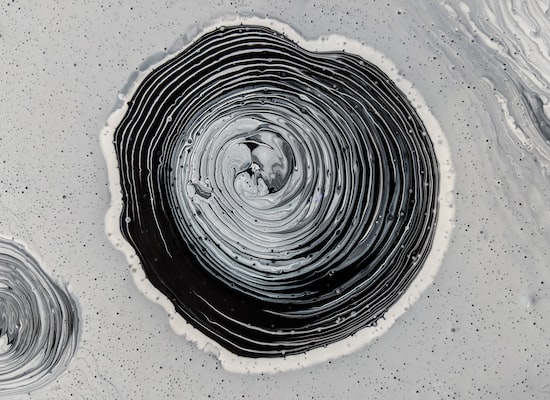Laser cutting is a great way to cut through thick materials quickly and accurately. However, if you don’t take the time to ensure you’re using the proper settings, you won’t get the best results. This guide will provide some tips on how to optimize your laser cutting process by using thickness charts. Learn the best settings to achieve the desired results and how to troubleshoot any issues.
Pre-Steps for Optimizing Through Thickness Charts
Preparation Procedures Before Cutting
Optimizing laser cutting through thickness charts can be a time consuming and precise process. To ensure that your laser cutting machine can work quickly and efficiently, it is important to know how to correctly set up the process. Firstly, pre-steps for optimizing through thickness charts should be followed which include ensuring the material is accurately measured, weighing, and in the same orientation throughout the cut.
- Create a through thickness chart and set calibration marks – This will allow you to precisely set and adjust the thickness of the material that you plan to cut. The chart should include the thickness and speed settings associated with particular material.
- Establish and maintain a consistent beam power – Make sure to always use the same power settings for the laser beam to produce optimal and consistent results.
- Adjust laser settings for pre-cut – Adjust the speed and power settings for pre-cut in order that the laser can effectively cut through the material. This will ensure a clean, precise cut.
- Clean and dry the material – Ensure that the material is free of dust and debris before it is cut in order to avoid contamination of the laser beam during cutting.
- Inspect the material – Make sure to always inspect the material that you plan to cut and note any abnormalities or defects that may affect the cut quality.
Choosing the Right Thickness Chart
thickness chart When it comes to optimizing laser cutting for thick materials, it’s important to choose the right thickness chart. A thickness chart outlines the range of material that can be cut, along with their safety and precision instructions. By using a cut through thickness chart, you can ensure that the operations are optimized and that you are using the correct settings for the material you are working with.

The Process of Optimizing Through Thickness Charts
The Laser Cutting Process Step-by-Step
Laser cutting is a manufacturing process that can be used to cut through materials using a high-powered laser. The laser cutting process begins with the positioning of the material, then the laser is focused in on the material and the cutting process commences. Generally, the laser cutting process involves a few key steps.
First, the material is loaded onto the cutting machine and the operator will determine the area of the material that needs to be cut. After that, the laser cutting process can begin. If the material is complex or requires a very precise dimensional requirement for cutting, then additional math calculations may need to be completed in order to position the work piece correctly.
This may require manual measurements or use of a CAD program.
Other Considerations for Thickness Charts
thickness chart When laser cutting through thicker material, other considerations are important for optimizing the process. For example, if you’re laser cutting through bonded metals or plastics, you’ll need to use higher levels of power or slower cutting speeds to get the perfect cut. It’s also important to remain aware of the possibility of warping and the need for edge cutting with the laser to reduce heat and stress on the material itself.
Laser cutting through thick materials may also require different cutting gases, additives, and other shielding materials depending on the material being cut.

Techniques for Maximizing Cutting Efficiency
Testing Different Cutting Techniques
When it comes to laser cutting through thick materials, testing different cutting techniques is a great way to optimize cutting efficiency. There are many different types of lasers that are suitable for cutting through thick materials, so understanding the capabilities and limitations of each will play a key role in testing different techniques. Knowing the right settings and speeds to use can have a tremendous impact on the finished product.
To start, it is important to create a cut chart that lists the type of material, the thickness of the material, the speed of the laser, and any other pertinent information for each cutting application. This cut chart can then be used as a reference when testing different techniques.
Analyzing Results
thickness chart Analyzing Results: Once you’ve cut through your material with your laser cutter, it’s time to evaluate the results. To do this, it is important to review a cut-through thickness chart. This chart will show the maximum thickness in which your laser was able to make a clean, precise cut.
This can help you identify exactly which areas of the material were successfully cut and which areas need additional work. To optimize the efficiency of your laser cutting, you should review the cut-through thickness chart to determine which techniques and settings worked best to produce the highest quality results.

Conclusion
Benefits of Optimizing Laser Cutting Through Thickness Charts
Optimizing laser cutting through thickness charts has a multitude of benefits for manufacturers. By calculating the ideal parameters of the cutting process, manufacturers can save time, money, and resources while achieving an increased level of precision and accuracy. This makes laser cutting through thickness charts more efficient and cost-effective than traditional cutting methods.
One of the major benefits of optimizing laser cutting through thickness charts is that it allows manufacturers to precisely control and adjust the cutting parameters. By optimizing the beam parameters, such as power, speed, and focus, manufacturers can achieve a higher level of accuracy and consistency when cutting thick materials.
Summary of Tips for Optimizing Laser Cutting Through Thickness Charts
thickness charts In conclusion, there are a few key tips to optimizing laser cutting through thickness charts. One of the most important is to select the right laser cutting machine for the job. Different machines have different power ratings and capabilities, and those must be taken into account when selecting the right system for a given material.
It is also important to regularly clean and maintain the laser cutting machine to keep it running smoothly.

